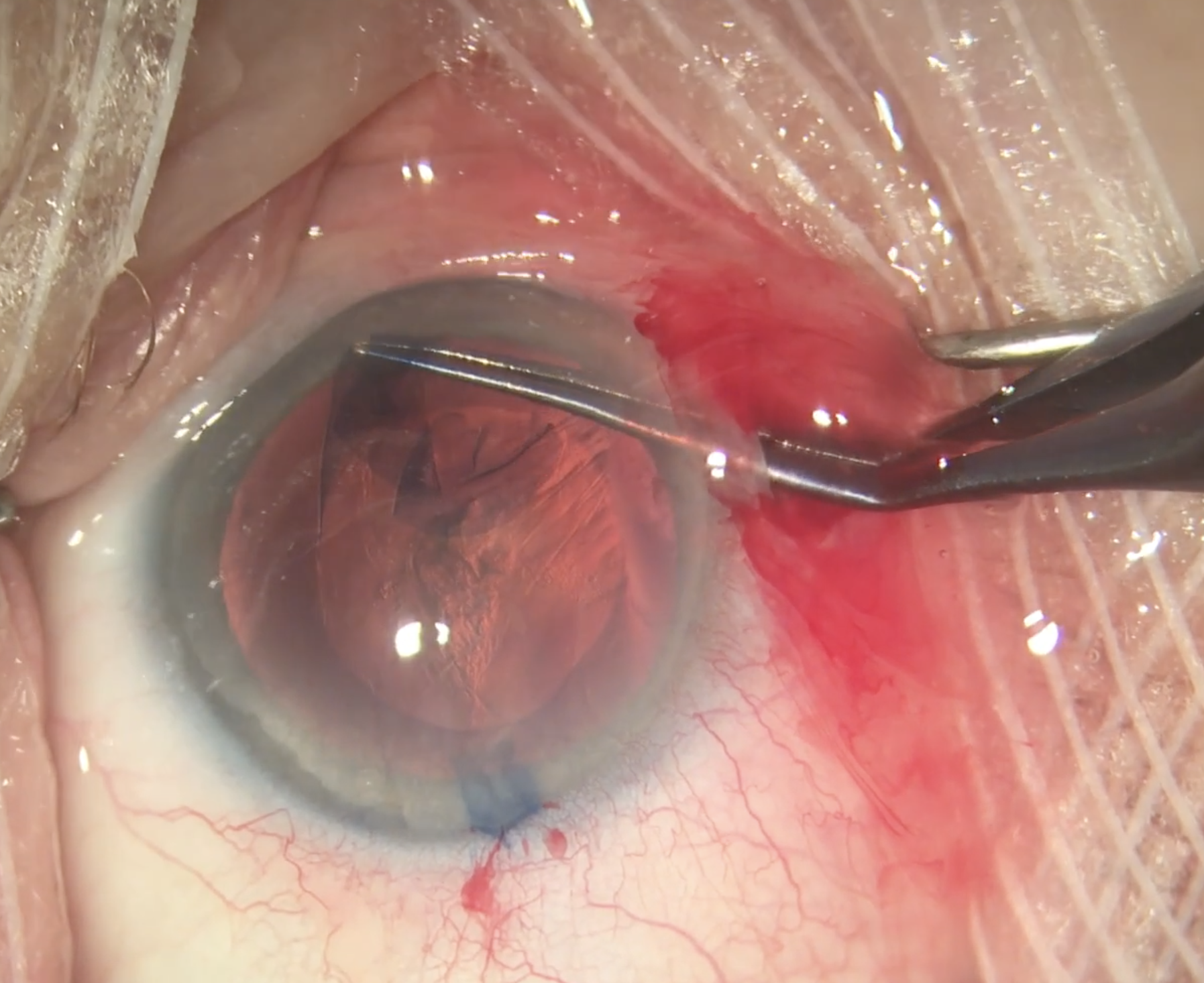 |
|
The coming deluge of cataract patients in need of surgery could be stemmed by policy changes in the US that would allow for both eyes to be operated on in the same session. Studies continue to find the procedure safe. Photo: Christina Tran, BS, and Leonid Skorin, Jr., DO, OD. Click image to enlarge. |
Editor’s Note: As part of our “Year in Review” retrospective, we’ve selected the top 30 news stories of the year and are re-sharing them as we close out 2022. Follow along as we count down to number 1!
This story was originally published on October 19, 2022.
No. 9 biggest news story of 2022:
While cataract surgery is one of the most common surgical procedures done, case backlogs are expected to worsen as increased aging of the population drives demand but the workforce of ophthalmologists remains flat. One potential solution to this is same-day surgery on both eyes, often called immediate sequential bilateral cataract surgery (ISBCS). In the US, the approach is not adequately reimbursed by Medicare, all but dooming the concept here until changes are made to the payment model. However, results from Europe show reassuring data on safety and efficacy that should obviate those concerns should ISBCS ever make its way to our shores.
A new study, following one clinic from Finland, documented the frequency of ISBCS performed over the course of 13 years, from January 2008 to December 2020. Cases of endophthalmitis were also reported.
The data used was collected from electronic patient records, totaling 56,700 cataract surgeries in 34,797 patients. The numbers, frequencies and complications of the of the surgery were recorded, as well as rates of endophthalmitis and vitreous loss. These were then compared to unilateral cataract operations.
Of the 56,700 cataract surgeries performed, 39% received ISBCS. This is somewhat of an average between the beginning and end time period’s percentages. In 2008, the proportion of ISBCS patients was only 4.2%, with this number drastically increasing to 46% in 2020. Vitreous loss occurred in 0.9% of cataract surgeries and there were no cases of postoperative endophthalmitis.
The researchers point to outside information that further reflects this trend. The Kaiser Permanente Northern California healthcare system, which uses a capitated reimbursement model that can accommodate same-day surgeries, reported in 2016 that 86% of active cataract surgeons had performed ISBCS, citing patient convenience and request as their top reasons. Concerns included risk of bilateral vision loss as well as missing the opportunity to guide IOL selection in the second eye from the postoperative refractive outcome of the first eye. However, an ASCRS Survey pointed out that in 2015 nearly the same percentage—80% of US cataract surgeons—had never performed ISBCS.
Although the Finnish study site had no incidence of postoperative endophthalmitis, it did treat 19 cases seen in those who had cataract surgery performed elsewhere, with most cases using intracameral cefuroxime as the antibiotic prophylaxis. The center instead used intraocularly administered vancomycin, which was found to have the lowest incidence rate of three compared antibiotics used to prevent postoperative endophthalmitis in a 2018 meta-analysis.
As for the stark percentage increase in ISBCS performed, the authors accredit the rise partially as a result of the COVID-19 pandemic. ISBCS became one way that patients could reduce potential infection exposure risk through halving the visits for surgery and follow-up needed. Since then, it has continued to gain interest, in Finland and elsewhere.
The authors of this study point out the effectiveness of the surgery type and, as such, the increased prevalence has improved access to surgery because of less time needed. As they put it, “the frequency of ISBCS increased gradually over a 13-year period reflecting surgeons’ accumulating experience of performing ISBCS and evidence on safety profile of ISBCS as well as patient satisfaction and awareness on ISBCS.”
Hujanen P, Vaajanen A, Felin T, et al. Immediate sequential bilateral cataract surgery: a 13-year real-life report of 56,700 cataract operations. Br J Ophthalmol. October 13, 2022. [Epub ahead of print]. |


